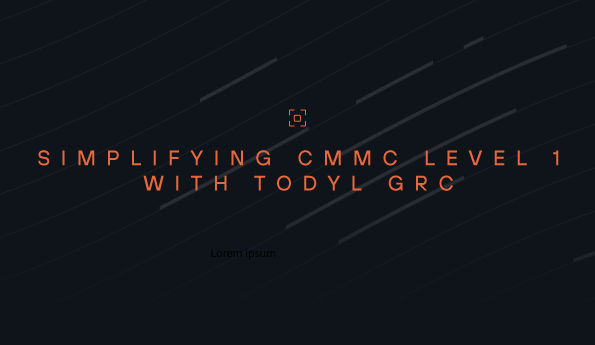Why SASE represents the future of network security
The rapid decentralization of IT supported the rise of remote work, but with it came serious security ramifications. The traditional network perimeter no longer encompasses all users and resources. Despite this, organizations still rely on outdated firewalls and VPNs for network security.
Recent vulnerabilities and exploitations have shown that these tools, once considered the cornerstone of network security, are now inadequate in the face of modern cyber threats. More often than not, these openings in your network are more an invitation to bad actors than a deterrent.
Using a solution like SASE, or Secure Access Service Edge, allows organizations to forego firewalls and VPNs entirely and embrace a Zero Trust Network Access (ZTNA) approach. Let's examine how SASE addresses the limitations of traditional firewalls and VPNs to secure modern, remote workforces.
The limitations of traditional network security
Traditional security measures such as firewalls and VPNs provide critical gateways into the corporate network. Unfortunately, this criticality makes them prime targets for threat actors. And, with a recent uptick in zero-days and other exploits across many popular firewalls and VPN options, they’re being targeted now more than ever.
Even without constant targeting, firewalls and VPNs often struggle to provide comprehensive protection in a world where cloud services and remote work are prevalent. From a networking perspective, they can also create bottlenecks and are not designed to handle the dynamic nature of modern networks.
The rise of SASE
SASE represents a paradigm shift in network security by integrating wide-area networking (WAN) capabilities with comprehensive security services delivered from the cloud, keeping users connected and protected. This approach addresses the shortcomings of traditional security measures by focusing on secure access rather than just perimeter defense. SASE provides a more flexible, scalable, and efficient way to secure networks, particularly in environments that utilize cloud services and support remote workforces.
Key features of SASE
At its core, SASE is purpose-built for modern network security.
- Cloud-native architecture: SASE leverages cloud infrastructure to deliver security services, enabling organizations to scale their security measures in line with their network demands.
- Integrated security functions: It combines multiple security functions, such as Secure Web Gateways, Cloud Access Security Brokers, Firewall-as-a-Service, and Zero Trust Network Access, into a single platform.
- Zero trust principles: SASE implements zero trust principles by verifying each user and device before granting access, thus minimizing the risk of unauthorized access.
- Global reach and consistency: By operating in the cloud via dispersed Points of Presence (PoPs), SASE provides consistent security policies and enforcement across all locations and devices, ensuring comprehensive protection.
- Support for remote work: SASE is designed to secure access from any location, making it ideal for organizations with remote or hybrid work models.
The future of network security
As organizations continue to adopt cloud services and remote work remains the norm, the need for a more adaptable and robust security framework is apparent. The limitations of traditional security measures like firewalls and VPNs highlight the necessity for a more advanced solution like SASE. It offers a holistic approach to network security that is not limited by traditional perimeter-based models. Its ability to provide secure access regardless of location or device makes it a compelling choice for the future of network security.
By embracing SASE, organizations can better protect their networks against modern threats and ensure secure access for all users, regardless of where they are located. As such, SASE is poised to become the cornerstone of network security in the years to come.
Learn more about SASE and how to find the best possible solution for your organization by reading our eBook. Download it for free here.
See Todyl in Action
Learn how you can protect what you built.
Stay on the Cutting Edge of Security
Subscribe to our newsletter to get our latest insights.



